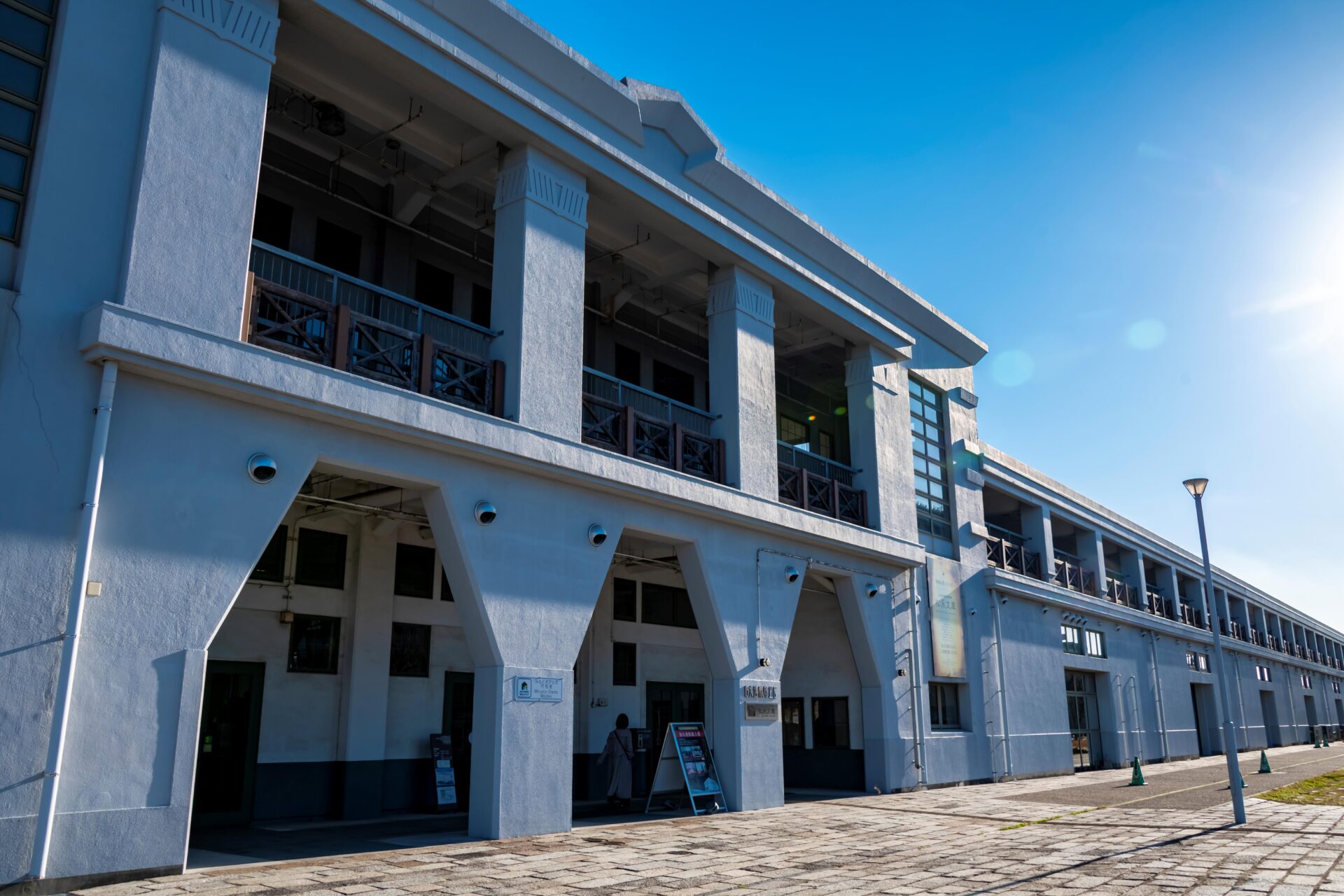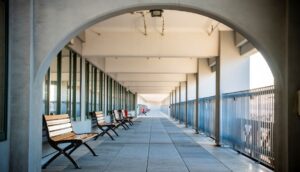
Shōwa Architecture (1926–1989)
The early Shōwa era was characterized by influences from Western artistic movements such as Art Deco, which can be seen in the Moji Yūsen Building and the Former Dalian Route Terminal. These early Shōwa buildings feature elaborate flourishes and lavish motifs. Over time, this style gave way to more originality and artistic freedom, as seen in Shimonoseki’s Kanmon Building and the Moji Ward Office.


In the lead-up to World War II, the designs of public buildings showed a return to traditionalism in the form of the Imperial Crown style of architecture, which was marked by neoclassical buildings, often of red brick, topped with traditional hip-and-gable roofs. Buildings from all architectural periods were destroyed in the widespread firebombing during World War II. In the reconstruction period that followed, architects turned to Western methods and materials (such as reinforced concrete), which were comparably faster, cheaper, and more resistant to fires and earthquakes. Viewed from a modern perspective, buildings from the later Shōwa years may seem drab, but in their time, they were emblematic of Japan’s growing postwar prosperity.
